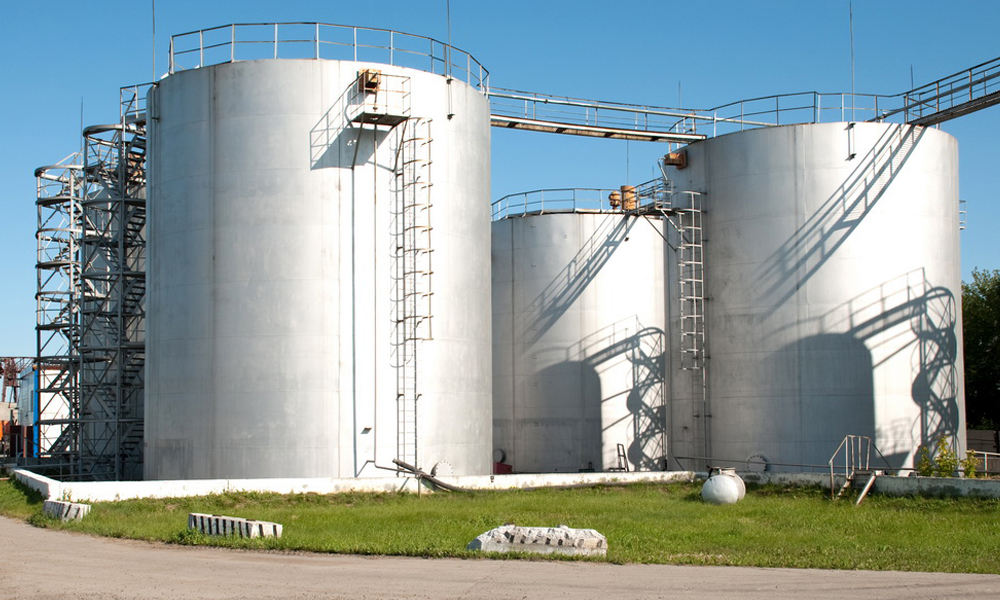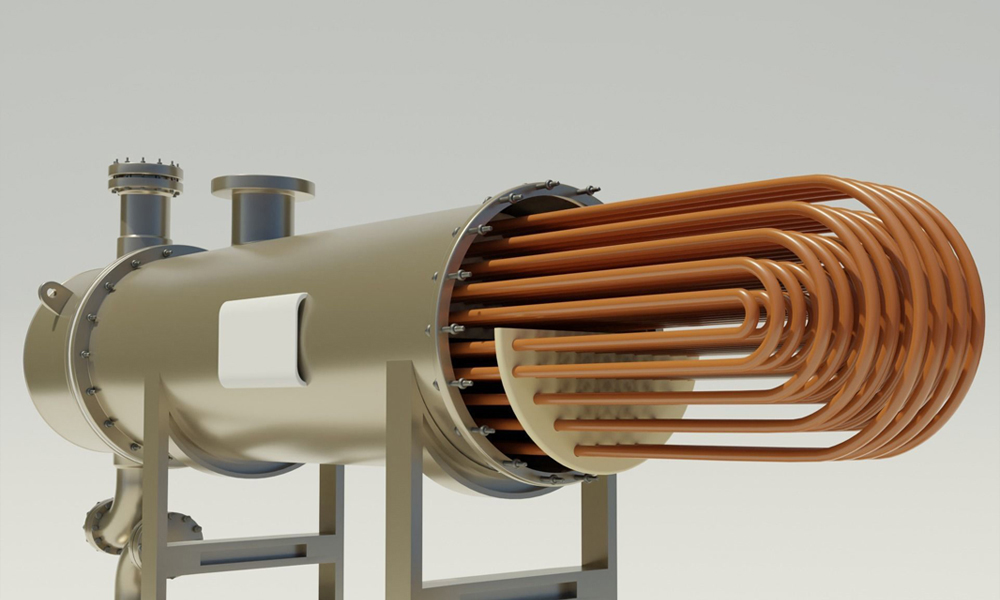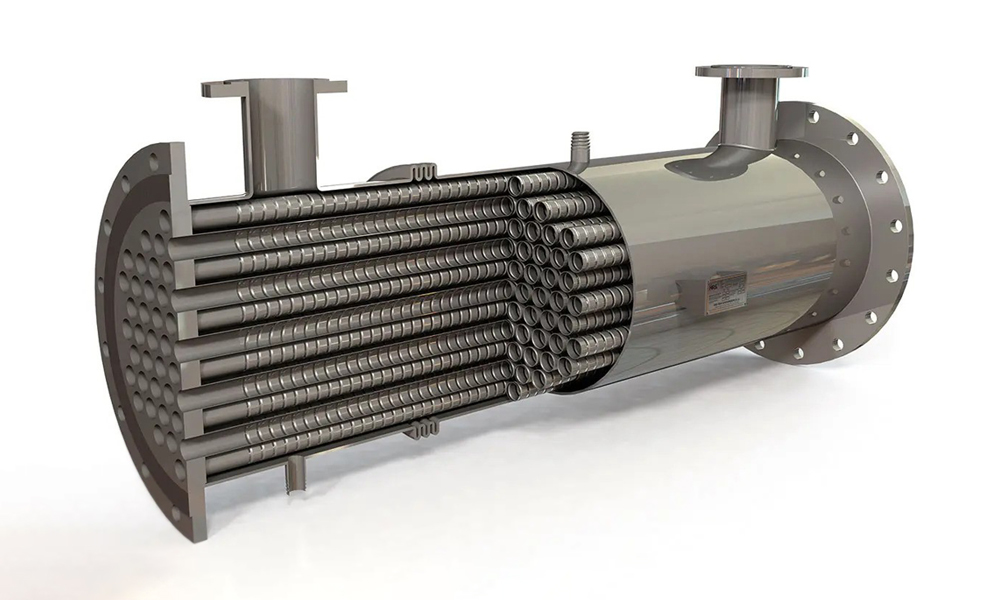Refinery furnaces play a critical role in the oil refining process. Refinery furnaces are used to heat and distill crude oil and semi-finished products, converting them into various petroleum derivatives by heating and separating materials based on their boiling points.

Types of Refinery Furnaces
Refinery furnaces differ based on the type and process of the refinery. Below are some types of refinery furnaces:
Tubular Furnaces
- Application: Used for heating crude oil and natural gas in various refinery processes.
- Advantages: High thermal efficiency and precise temperature control.
- Structure: Consists of a set of metal tubes through which crude oil flows, with burners positioned around the tubes to transfer heat.
Box-Type Furnaces
- Application: Suitable for processes requiring direct and uniform heating.
- Advantages: Simple structure, easy maintenance, and lower costs compared to tubular furnaces.
- Structure: Features large heating chambers where crude oil is heated.
Radiant Coil Furnaces
- Application: Used in processes needing quick and effective heating.
- Advantages: Very high thermal efficiency and precise temperature control.
- Structure: Includes helical metal coils that receive heat radially from surrounding burners.
Combined Coil Furnaces
- Application: Used in refineries requiring a combination of both radiant and convective heating.
- Advantages: Combines the benefits of both radiant and convective furnaces.
- Structure: A mix of straight and helical tubes with multiple burners.
Benefits of Using Refinery Furnaces
- Increased Efficiency: Advanced furnaces enhance the efficiency of refining processes.
- Cost Reduction: Modern furnace technologies reduce energy and maintenance costs.
- Improved Product Quality: Precise and uniform heating improves the quality of final products.
Also read: Standards for furnace equipment in the oil and gas industry
How Refinery Furnaces Work
Refinery furnaces are a vital part of the oil refining process, whose main function is to heat crude oil and semi-finished products for distillation and other chemical processes. In the following, we will explain how these furnaces work.

Introduction of Crude Oil
Crude oil or semi-finished products are initially transferred into the refinery furnace via inlet pipes, typically made from heat-resistant materials such as steel or specialized alloys.
Heating by Burners
Refinery furnaces are equipped with burners that combust fossil fuels like natural gas, fuel oil, or refinery gases. These burners generate the necessary heat, which is then transferred to the pipes containing crude oil.
Heat Transfer to Crude Oil
The heat produced by the burners is transferred to the crude oil through conduction and radiation. This heating brings the crude oil to the required temperature for various refining processes. Depending on the furnace type, heating can be direct (radiant) or indirect (convective).
Temperature and Pressure Control
During the heating process, sensors and control systems continuously monitor the temperature and pressure inside the furnace. This precise control ensures that the crude oil is heated evenly and optimally without overheating or underheating.
Phase Change of Crude Oil
As crude oil heats up, different components start to vaporize and change phase based on their distinct boiling points. Lighter components like gasoline and diesel vaporize first and move to the upper parts of the distillation tower.
Discharge of Heated Products
Once the crude oil reaches the desired temperature and the necessary processes are complete, the heated semi-finished or processed products exit the furnace. These products are then directed to subsequent refining stages, such as distillation columns or purification units.
Also read: How to Choose the Right Industrial Furnace for Your Projects
Important Considerations for Refinery Furnace Operation
- Thermal Efficiency: High thermal efficiency is crucial for optimal furnace operation. Using high-quality refractory materials and well-designed burners improves thermal efficiency.
- Maintenance and Repairs: Regular maintenance and preventative repairs are essential to avoid breakdowns and extend the furnace’s lifespan.
- Safety: Refinery furnaces should be equipped with advanced safety systems to mitigate the risks associated with high temperatures and pressures.
For more information about refinery furnace equipment, you can contact us at +982144664140 – +982144691490 and 02144691408. Visiting our website will provide you with detailed information about our products and services related to refinery furnaces.







